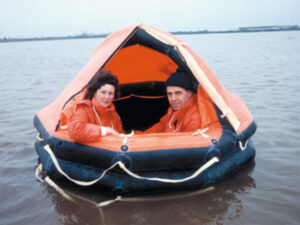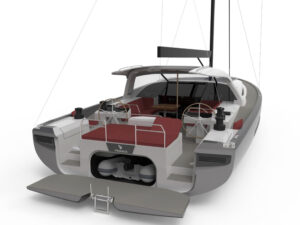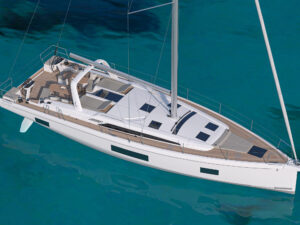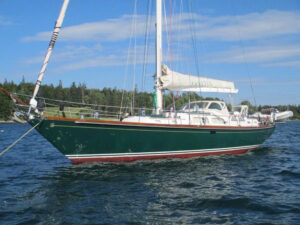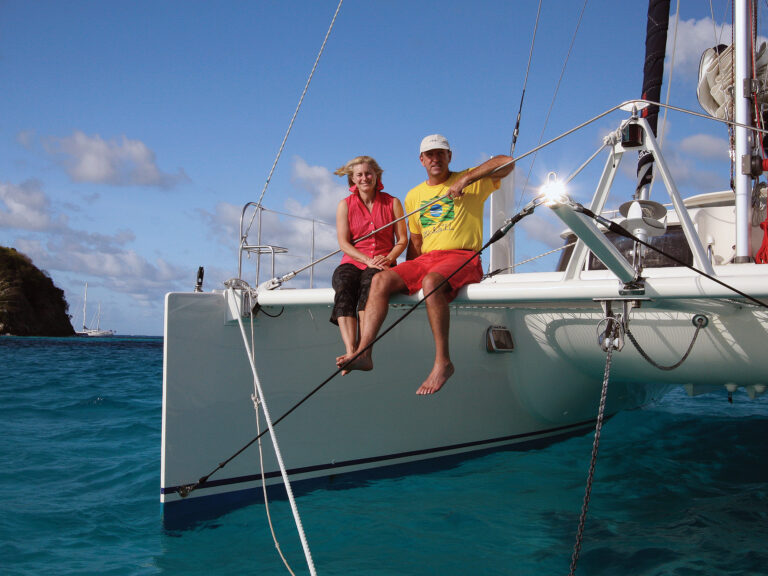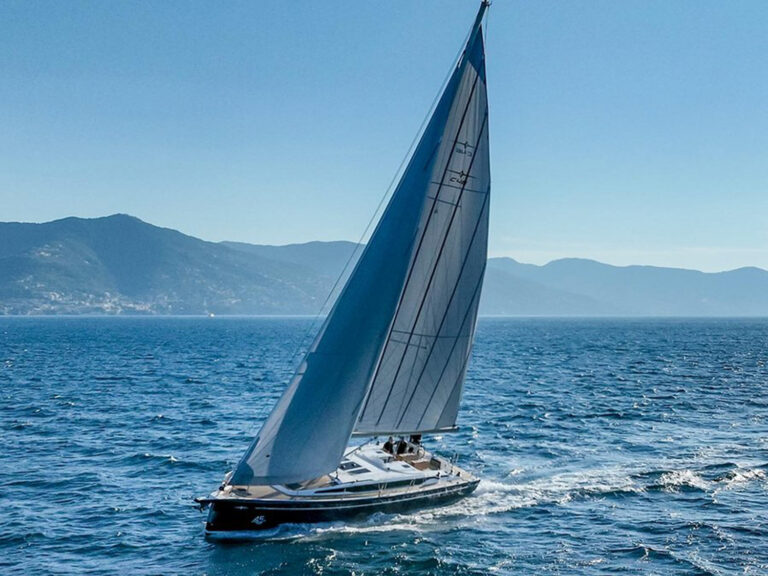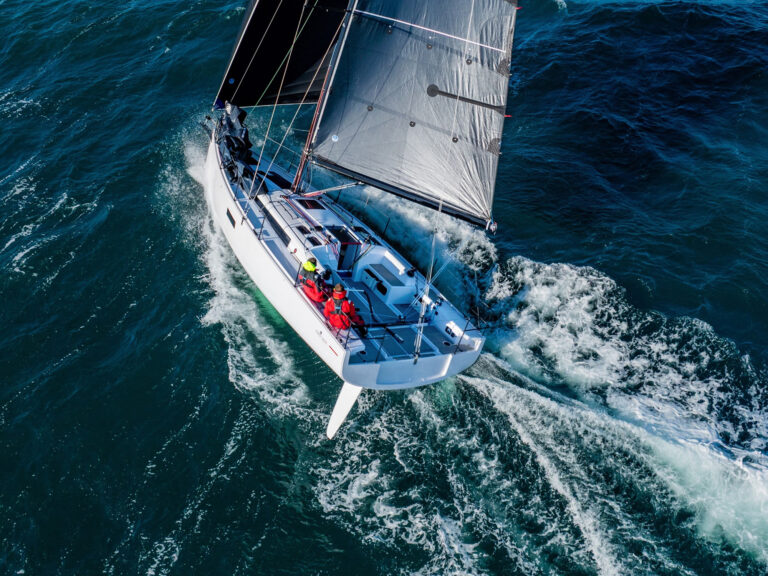
****| |****| On most cruising sailboats, hoses play an important role by keeping everything from fuel to drinking water to effluent where they belong. Typically buried in a locker or behind a panel, they’ll likely perform dutifully for years and sometimes decades, providing crew and vessel with the necessities of life while maintaining their seaworthiness. Regrettably, however, they don’t last forever, and they’re not maintenance free, so carefully inspecting them should be part of your onboard routine.
Few would deny that the most important hoses are those that carry raw water, be it from a lake, a river, or the sea. Whether it’s water to cool the engine or flush the head, keeping it out of the boat or inside the hose is clearly job number one. Making sure this happens isn’t just luck. It requires three things: selecting the right hose, installing it properly, then checking and replacing it when necessary. When it comes to raw water (whatever water the boat floats in), the hose must be specifically designed for this demanding application.
When selecting a raw-water hose, make sure its manufacturer has designated it as “suitable for below-the-waterline use.” If the hose carries no identifying jacket labeling or if there’s no use designation or language to this effect in the hose’s description, it’s simply not suitable. While any properly sized hose may fit, few are up to the rigors of this demanding application. Avoid using clear PVC or automotive heater hose, even if it’s reinforced. Instead, the gold standard for raw-water hose is that which carries the SAE J2006 designation. Technically, this identifies it as suitable for wet exhaust systems (and this is the only hose that should be used for that task); however, it may be, and often is, used for raw-water applications throughout a boat. It’s extremely durable, and it’s resistant to chafe and collapse. For intake applications involving engines and gensets, go with the wire-reinforced variety.
Hose used for potable water should also be chosen with care. True, it’s not critical in the respect that its failure may lead to the loss of the vessel, but if it’s not of the correct type and installed properly, it can wreak havoc with the health of the crew. Hose carrying drinking water should bear the designation NSF 61, which means that it meets the National Sanitation Foundation’s guideline for potable-water products. Older hose products may be marked as FDA approved. With either, you can be confident that the hose won’t contaminate your drinking water. Use caution when installing or working on potable-water hose, and keep open ends covered with masking tape until the system is fully assembled to prevent the entry of contaminants.
Fuel hoses, of course, also play an important role aboard your sailboat. Hose used for diesel supply, return, and vent applications must carry an A1 rating, while fill installations call for hose designated as A2. Additionally, fuel hoses must be legibly labeled with the manufacturer’s name and the date of manufacture in block capital letters every 12 inches. Once again, if the hose isn’t marked, there’s no way to be certain that it’s suitable for the application.
A note on fuel-hose termination: Hoses may be terminated using permanent swaged or sleeved insert fittings, both of which are durable and long-lasting. They may be, and frequently are, terminated using ordinary pipe-to-hose barb adapters and hose clamps. Take note: There’s no requirement for double clamping fuel-supply lines. I’ve seen countless installations in which two clamps have been used but where only one is capable of properly bearing on the barb beneath, a practice that nearly always leads to hose damage. There’s much more to be said about the requirements for proper hose clamps, but I’ll save that for a future Monthly Maintenance column.
Steve D’Antonio is a regular CW contributor and offers services for vessel owners, boatbuilders, and others in the marine industry through Steve D’Antonio Marine Consulting (www.stevedmarineconsulting.com).

